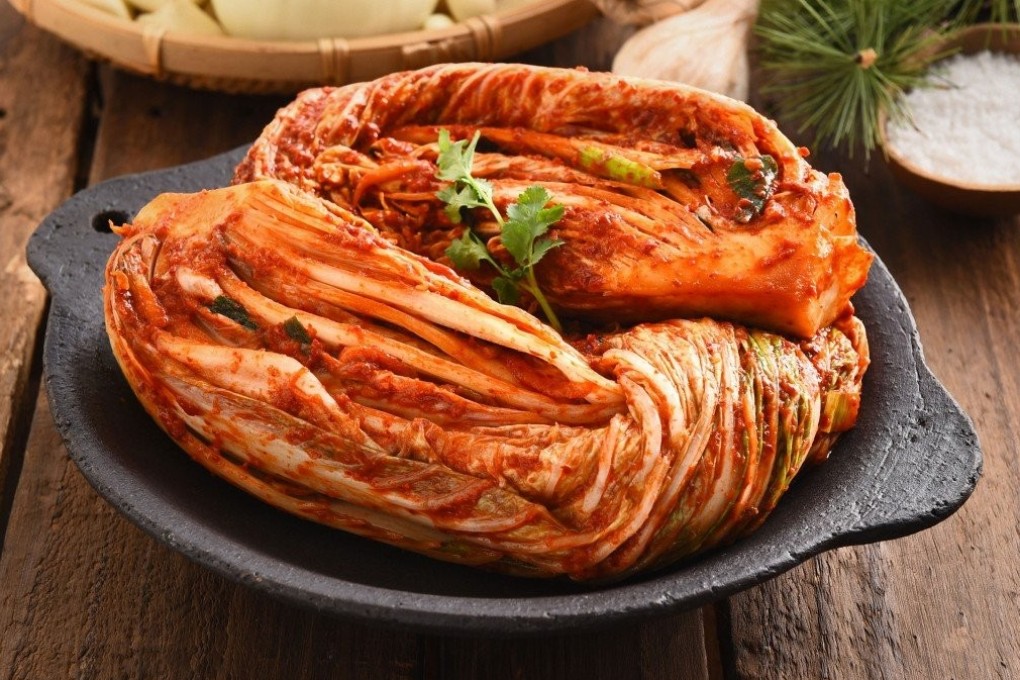Advertisement
Chinese cabbage, or napa cabbage – one of the most recognisable vegetables in Asian cooking
- You can find the cabbage fermented as kimchi, wrapped around larb or served in warm broth
- That speaks to its versatility – it can be steamed, boiled, fried, braised or pickled, one reason why it can be found in nearly every grocery store in the world
Reading Time:2 minutes
Why you can trust SCMP

Napa cabbage is one of the most recognisable vegetables in Asian cooking. You can find it fermented as kimchi in South Korea, wrapped around larb in Thailand and served in warm broth in southern China.
The cabbage is the result of centuries of natural cross-breeding between two popular vegetables: the small green bok choy of southern China and the turnip of northern China.
It made its way to Korea in the 13th century, Southeast Asia in the 15th century, and finally to Japan in the 19th century.
Advertisement
There are two competing theories for why it’s called napa cabbage.

Advertisement
One says that the name refers to Napa Valley, where the vegetable was first grown commercially in the United States in the 1880s.
Advertisement
Select Voice
Choose your listening speed
Get through articles 2x faster
1.25x
250 WPM
Slow
Average
Fast
1.25x